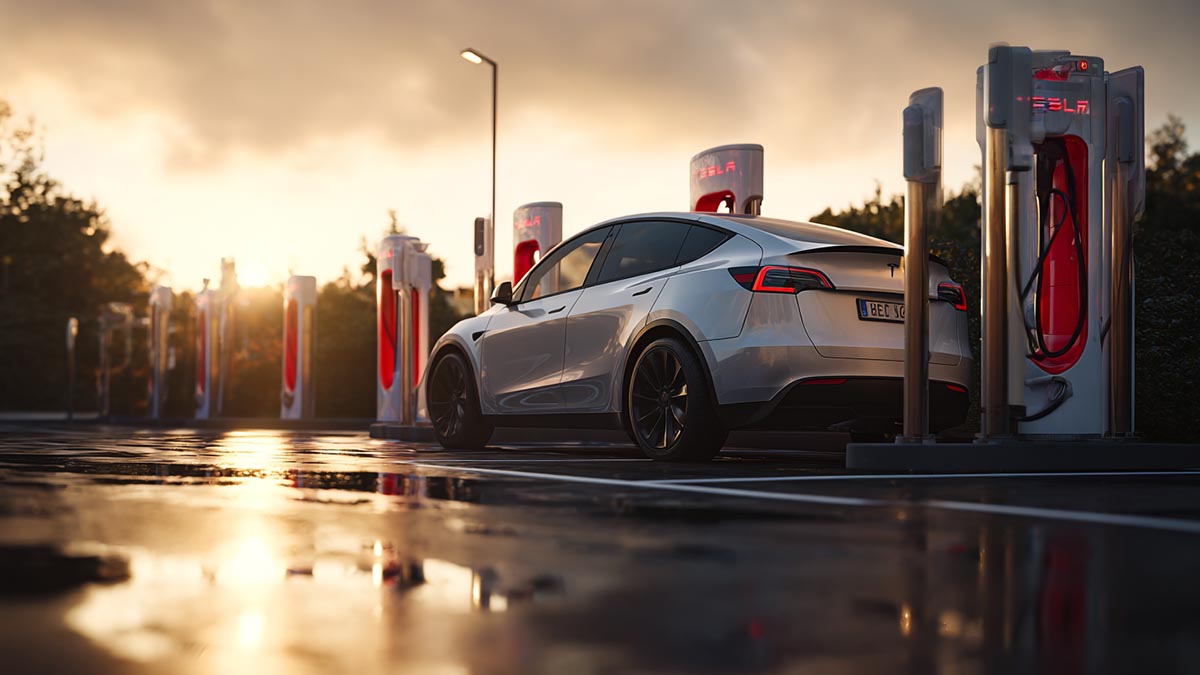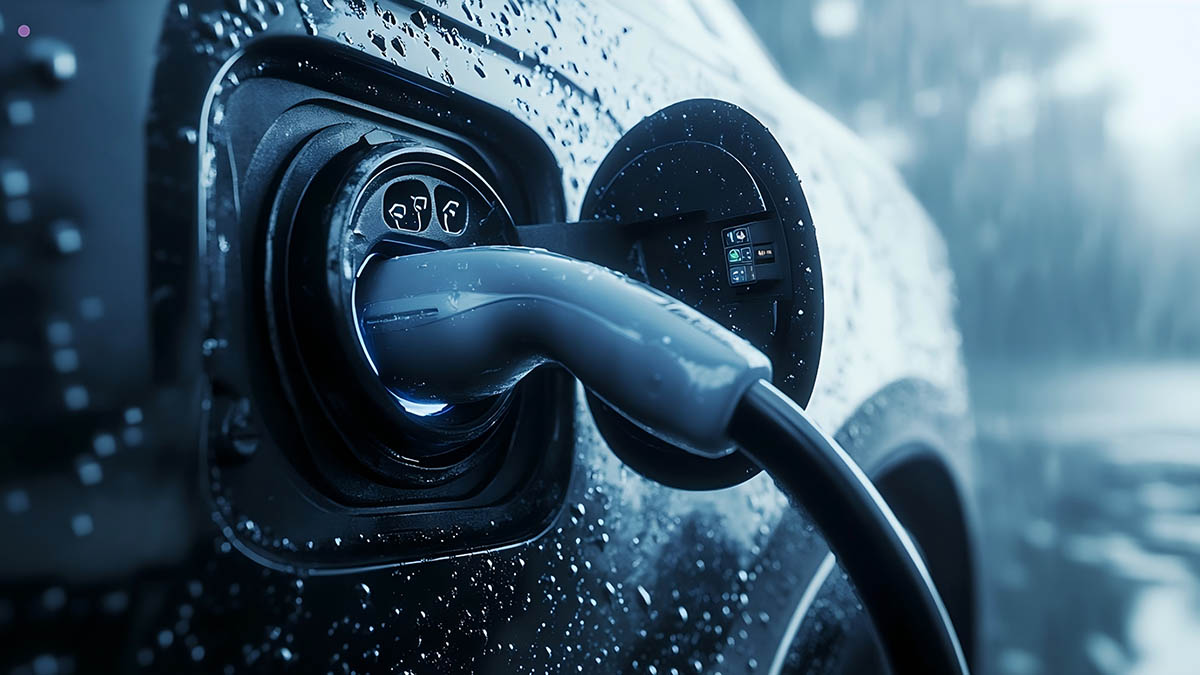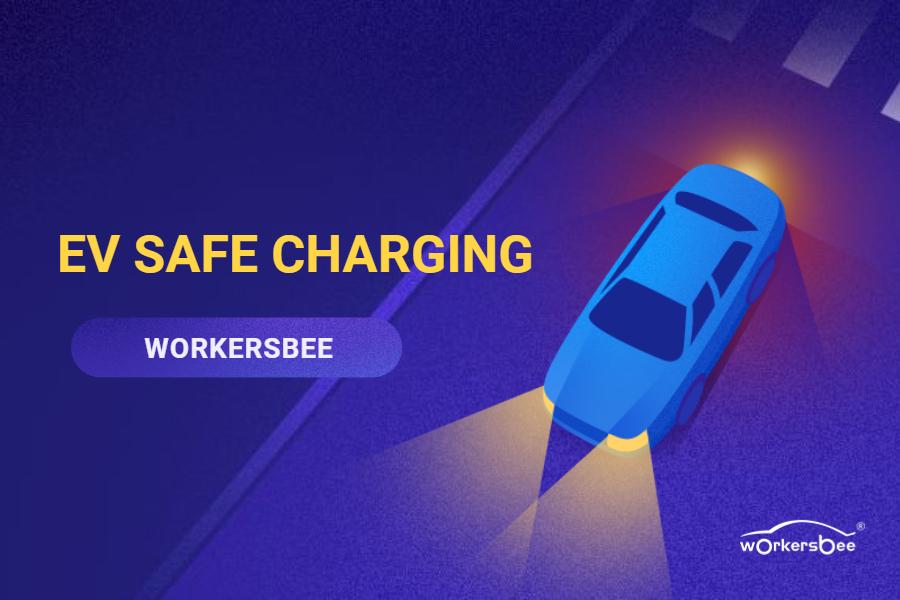 What Are the Different Tesla Charging Connector Types?
What Are the Different Tesla Charging Connector Types?
Oct 14, 2025
The electric vehicle (EV) revolution is accelerating, with more drivers opting for sustainable transport options. Tesla, a leading name in the EV industry, plays a pivotal role in shaping how we power electric cars.
One critical aspect of Tesla’s global dominance is its innovative charging infrastructure, which includes various types of charging connectors. But how do these connectors differ, and why is understanding them essential for Tesla owners and businesses that service EVs?
In this article, we will dive into the different Tesla charging connector types used across various regions, and why Workersbee's NACS connectors are setting new industry standards.
1. North America: NACS (North American Charging Standard)
In North America, Tesla introduced its proprietary NACS (North American Charging Standard) connector. Since its debut in 2012, NACS has been a vital part of Tesla’s success in the region, enabling high-speed charging for Tesla vehicles at both home chargers and Supercharger stations.
Key Features:
Compatibility: Works for both AC (Alternating Current) and DC (Direct Current) charging.
Voltage: Supports up to 500V with a maximum current of 650A, enabling ultra-fast charging.
Unique Design: The NACS connector features a streamlined, compact design, which makes it unique to Tesla. Unlike other EV manufacturers, Tesla's connector combines the charging capabilities into a single unit, saving space and enhancing ease of use.
Why Choose NACS?
As the EV landscape evolves, NACS is being standardized, creating more possibilities for Tesla owners. Tesla's commitment to innovation ensures that NACS will remain the gold standard for years to come, even as other manufacturers explore alternatives.
At Workersbee, we understand the importance of high-quality, reliable connectors. That's why our NACS connectors are built to the highest standards of safety, speed, and compatibility. Whether you're running a Tesla charging station or developing an electric fleet, Workersbee's NACS connectors provide the quality and performance you need.
2. Europe: Type 2 and CCS2 (Combined Charging System)
While North America uses NACS as the primary charging standard, Europe follows a different path. For the most part, European Tesla vehicles are compatible with Type 2 and CCS2 connectors, which are widely used across the continent.
Type 2 Connector
The Type 2 connector has become the standard for AC charging in Europe. It's a larger, more robust design compared to NACS and can handle both single-phase and three-phase AC charging.
CCS2 (Combined Charging System 2)
For faster DC charging, CCS2 is the go-to solution in Europe. It builds upon the Type 2 connector and integrates additional pins to support high-speed DC charging, often up to 500A. This allows for much quicker charging, which is essential for busy EV drivers on the go.
3. China: GB/T (National Standard)
China has its own set of standards when it comes to EV charging. The GB/T connector is the national standard for China, widely used by most domestic automakers. Tesla's China vehicles are equipped with this connector, which supports both AC and DC charging.
Key Features:
AC and DC Charging: The GB/T standard supports high-voltage AC and DC charging up to 750V.
Versatility: It’s a highly adaptable connector, used across various charging stations in China, making it a great solution for Tesla vehicles in the region.
Tesla vehicles in China also feature a dual charging port design that allows owners to easily switch between the GB/T connector and Tesla’s proprietary connectors. This design is essential for ensuring the compatibility of Tesla’s EVs with a wide array of Chinese charging stations.
4. The Growing Adoption of NACS Worldwide
While NACS was originally designed for North America, Tesla has begun expanding its usage globally, with even more emphasis on global standardization. In fact, major players in the industry have started showing interest in adopting NACS, which could pave the way for a unified global standard in the coming years.
As more automakers adopt NACS in the future, charging infrastructure that supports this connector will become crucial to Tesla drivers and businesses around the world. This is where Workersbee’s NACS connectors come in.
Tesla Charging Connector Comparison
Understanding the different Tesla charging connector types across regions is key to choosing the right infrastructure for your needs. Below is a comparison table of the main Tesla charging connector types used globally.
Connector Type
AC Charging
DC Fast Charging
Max Voltage
Max Current
Applicable Region
NACS
✅
✅
500V
650A
North America
J1772
✅
❌
277V
80A
North America
CCS1
✅
✅
500V
450A
North America
Type 2
✅
❌
480V
300A
Europe
CCS2
✅
✅
1000V
500A
Europe
GB/T
✅
✅
750V
250A
China
Why Choose Workersbee’s NACS Connectors?
As the demand for faster, more efficient charging solutions rises, Workersbee is proud to offer high-quality NACS connectors that cater to businesses and individuals alike. Here’s why we stand out:
High Compatibility: Our NACS connectors are designed for seamless integration into your existing charging infrastructure, ensuring that you stay ahead of the competition as more companies adopt NACS.
Fast Charging: With maximum voltage and current handling, our connectors ensure your charging stations deliver rapid and reliable charging to Tesla owners.
Durability: Built to last, Workersbee’s NACS connectors are crafted using the best materials and construction techniques, meaning minimal downtime and maximum reliability.
Tesla Charging Connectors Are the Key to the EV Future
Understanding the different Tesla charging connectors is critical, whether you're a Tesla owner, a business operating EV charging stations, or a manufacturer seeking to develop products that integrate with Tesla's ecosystem. From the NACS in North America to Type 2 and CCS2 in Europe, and GB/T in China, each region has its unique standards that must be met to provide seamless, fast, and efficient charging experiences.
With Workersbee’s NACS connectors, you can future-proof your EV charging infrastructure, ensuring compatibility with the next wave of Tesla and other EV brands that are embracing the NACS standard. Stay ahead of the curve by choosing Workersbee – we understand the importance of fast, reliable, and high-quality EV charging solutions.
Read More

 What Are the Different Tesla Charging Connector Types?
What Are the Different Tesla Charging Connector Types?
 Discover How Salt Spray Testing Ensures Durability for EV Charging Connectors at Workersbee
Discover How Salt Spray Testing Ensures Durability for EV Charging Connectors at Workersbee
 0 after sale worry Terminal Quick-Change DC ev charging plug
0 after sale worry Terminal Quick-Change DC ev charging plug